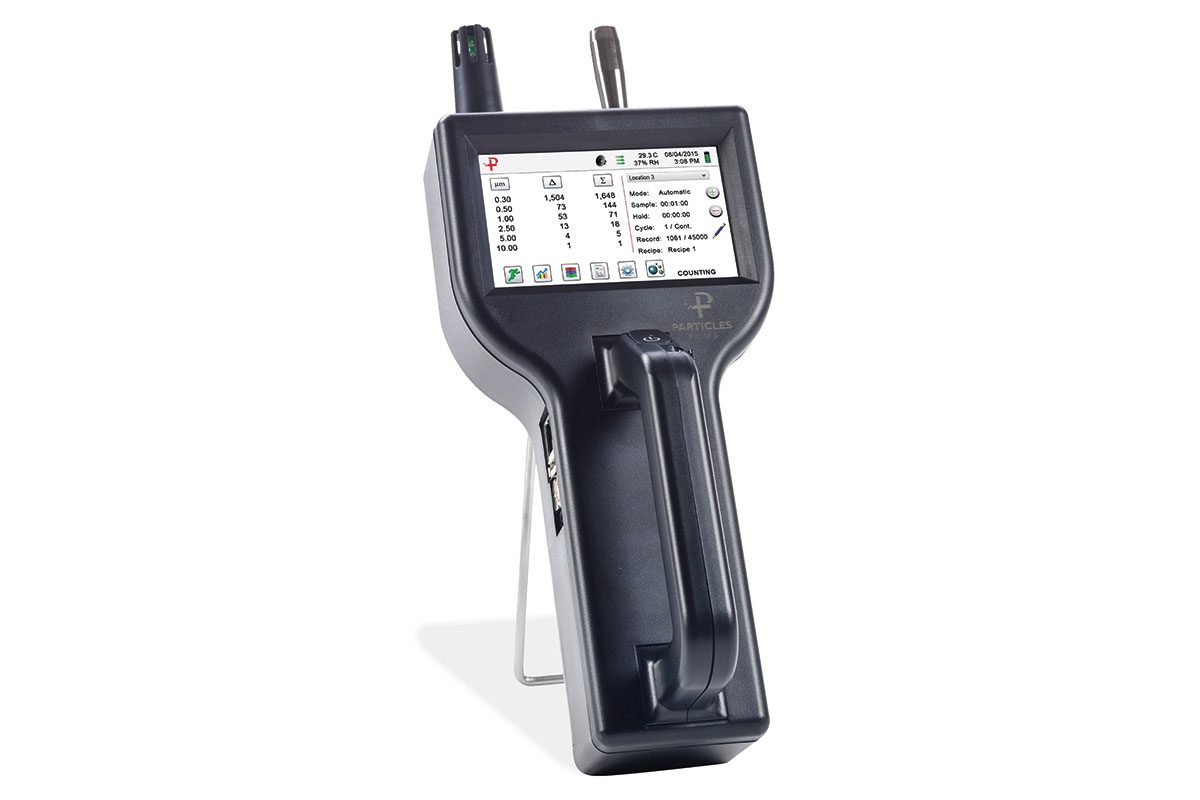
Air Monitors has launched a new range of advanced monitors for airborne particulates, apparently offering a more flexible means of making such measurements than has been commonly available.
Compliant with international standards, the Particles Plus monitors “employ a range of patented technologies to simplify the collection of accurate air quality data including particulates, temperature, and relative humidity.”
The instruments monitor PM1, PM 2.5, PM5, PM10 and TPM (and any other PM size specified by the user) with an easy-to-use Channel Management control panel. Each instrument has alarm capability and also monitors flow, sensor status, date of last calibration, serial number and laser on-time.
The sample is passed through a thin laser beam and scattered light is measured by a sensitive optical detector. The signal is amplified into an electrical pulse, the height of which corresponds to the size of the particulate.
The height of each pulse is measured and ‘binned’ according to size and counted, and at the end of the sampling period, the counts in each bin or channel are reported. This provides users with detailed measurement of the size fractions.
The monitors can be connected via Ethernet, and are also equipped with internal Wi-Fi or RS-232/RS485. So they can be accessed and used remotely.
Advanced, patented, power management is designed to extend battery life and ensure long runtimes. This is achieved with features such as sleep mode and a lower power profile when idle.
Each instrument can store up to 45,000 data records, so at 1 sample per minute, the instrument can record a full month’s worth of data before older records are overwritten. 15 minute sampling would facilitate the storage of more than 15 months of data from up to 1,000 user defined locations. Furthermore, data can be annotated – to note sampling conditions for example.
Summarising, Air Monitors MD Jim Mills said the monitors offer customers “enormous flexibility in the measurement of workplace and ambient dust and aerosols.”
He continued: “The instruments are small enough to be used as survey instruments, but powerful enough to be left to log data for extended periods, with remote communications reducing significantly lowering costs and labour requirements.”






